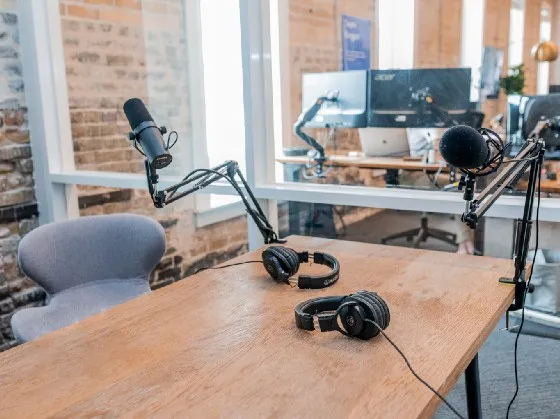HARO: Every publicity person’s low-budget best friend

Photo by Austin Distel on Unsplash
Ever wondered where reporters get their sources from and how to be one? I can’t count how many times I’ve heard on radio or multimedia someone talking about *MY* area of expertise who really doesn’t have a clue. I used to uselessly shout at my computer or car radio. But, for the last two years, I have belonged to HARO — “Help A Reporter Out.”
HARO started out as a Facebook group in 2008 created by Peter Shankman, someone who has been very public about how having ADHD has impacted his life. Today, HARO is owned by Cision and claims participation by over 800,000 sources and 55,000 journalists and bloggers.
24 x 7, people can go to HARO to:
Identify themselves as an expert in a particular area (the “source”), and;
Request information on a particular topic for an upcoming publication (the “reporter”)
You can be both a source and a reporter. You can’t just “claim” to be a reporter though, they want details about the publication such as where it will be published and when. Sources can get daily emails from HARO on requests from reporters in the following categories:
Bio and Healthcare
Business and Finance
Education
Entertainment and Media
General
High Tech
Lifestyle and Fitness
Public Policy and Government

Example of HARO High Tech category email
To avoid getting overloaded and responding to short-fuse requests, I have my HARO settings to send me high-tech queries only three times per day.

Specific inquiry from HARO High Tech Category
The daily email from HARO contains details regarding what types of sources the reporters are most interested in and what they want to see in the sources’ replies. Many reporters specifically ask in their queries that sources do not submit blatant product marketing, but plugging products is not completely forbidden. HARO is set up like Craigslist in that reporters’ email details are anonymous, though you can see the name of the publication and well-known reporters will add their names to attract more sources. Click on the email to reply and tell the reporter why you are qualified to be their source.
Some of the tasks are quite repetitive amongst all the reporters’ requests in the requirements section: headshot, bio, title, employer, and LinkedIn URL frequently show up. It’s just easier to set up a “media” page on your own personal website that showcases all of these things rather than having to copy and paste all this data every time you respond to a query.
I probably respond to 6–8 queries a month on average. A few are accessibility specific, most are discussing an accessibility angle on a software question. I pitch my response as conditional:
You may not have thought about this issue, but it exists.
Here is why it is important to your story
If you are interested in covering it let me know.”
Most of the time, all of the communications are by email, which is great. I can do it off-hours, and since people are just copying and pasting my words, I don’t stress about being misquoted. A few have involved phone interviews, video calls, and reviewing the final document before it is published.
In the end, when people Google my name they see a lot of companies quoting me and referencing my work, which helps improve my reputation in this field. And it didn’t cost me a cent, just some sweat equity.
Add a comment: